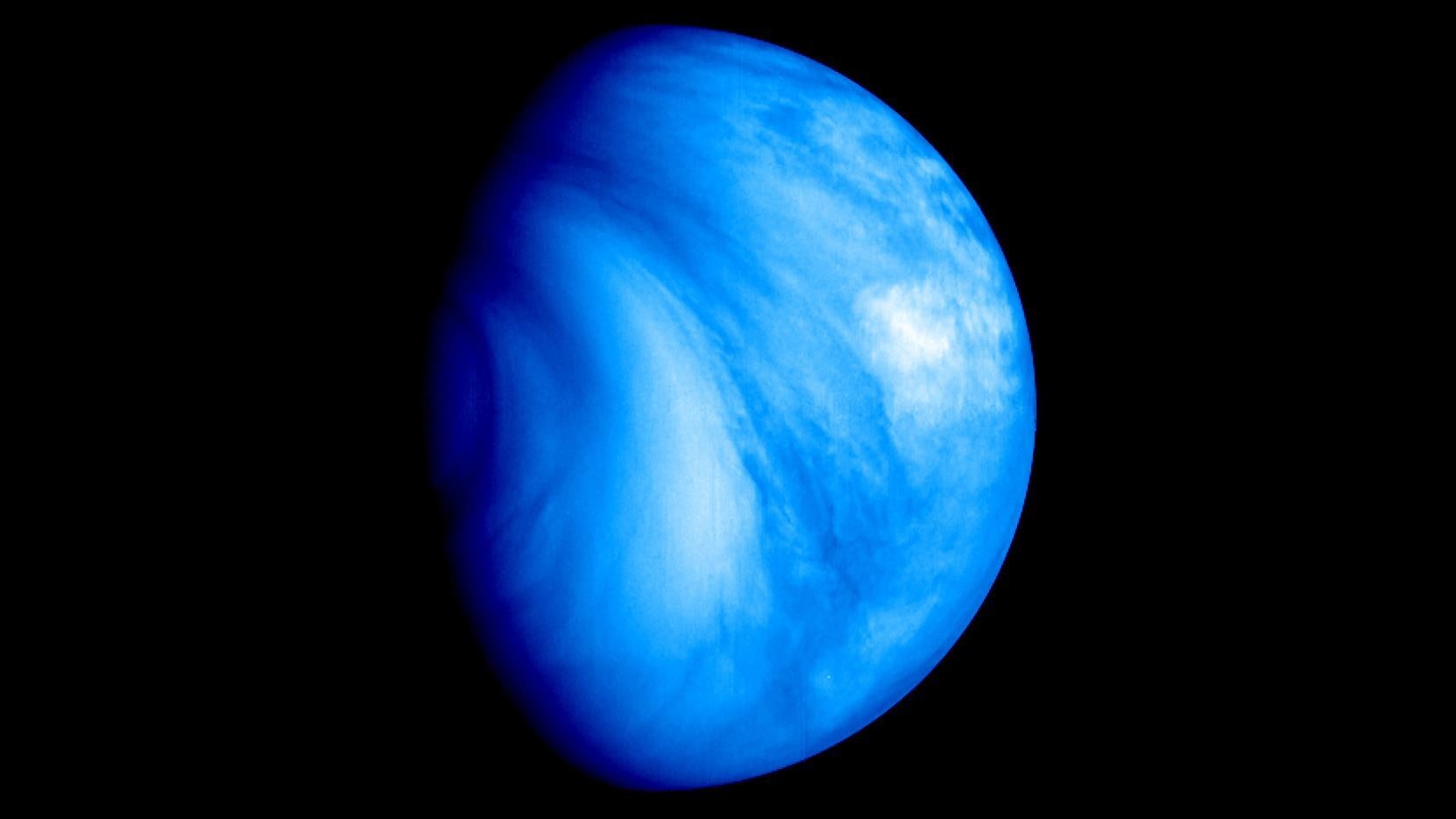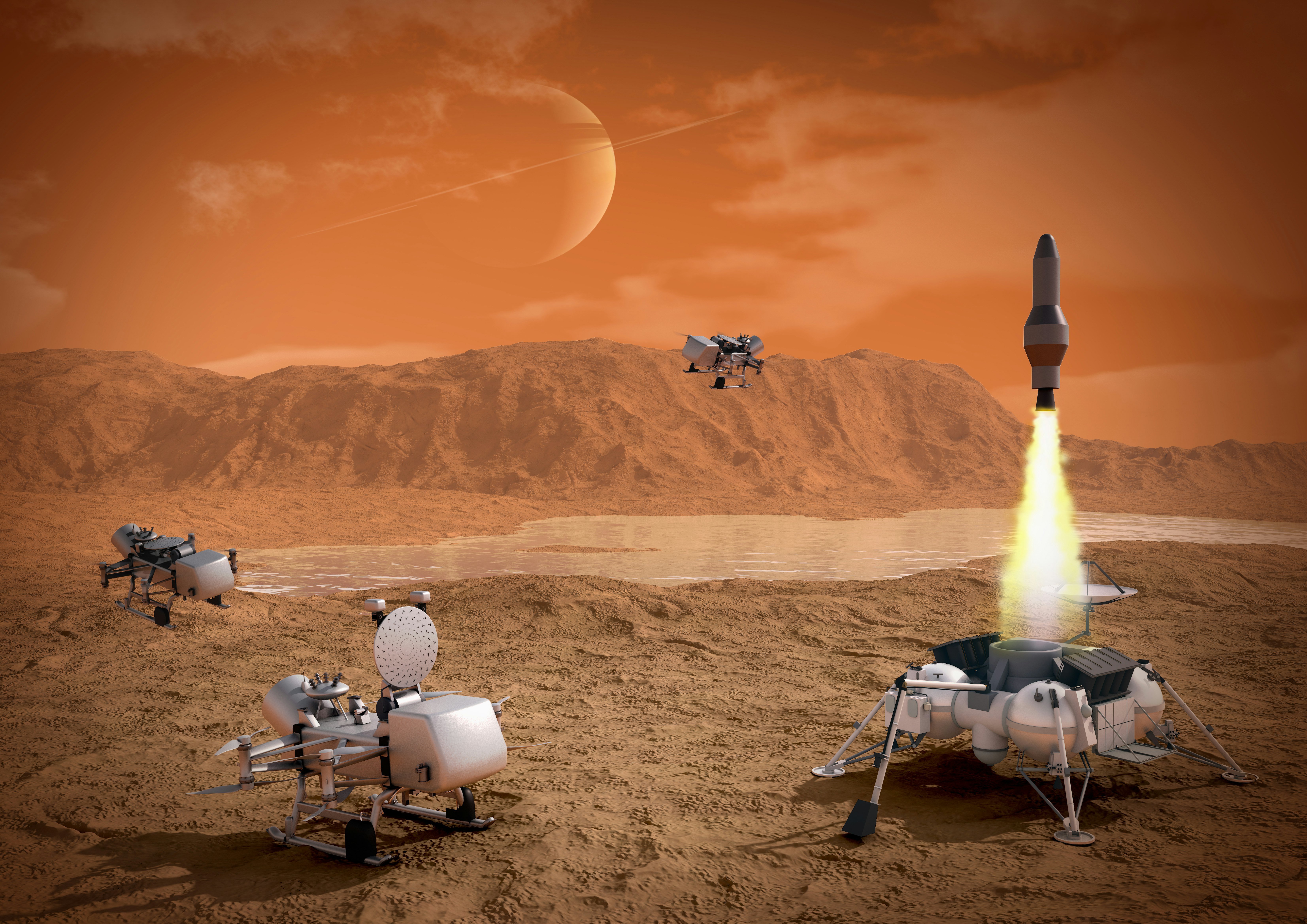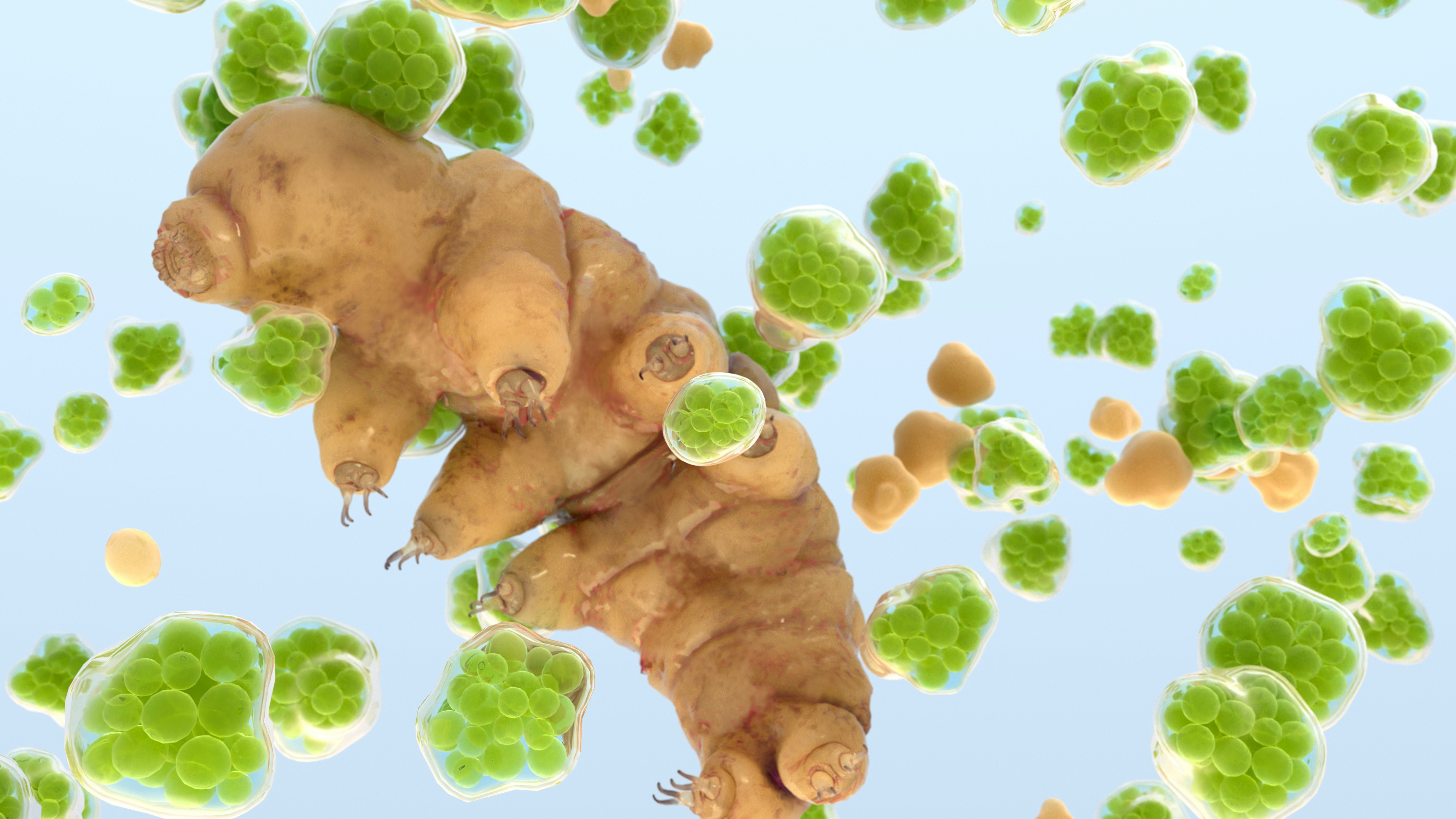
A flurry of recent studies suggests that life might turn up in several unlikely places in the Solar System.
When it comes to the search for life in our Solar System, most of our attention is focused on Mars. While not very hospitable now, it once looked a lot like Earth, and thus could potentially had simple life. But several recent studies have found encouraging signs of life in some very unusual places, from the frigid methane seas of Titan to the clouds of Venus, and from the deep dark oceans of Enceladus to the cold deserts of the Moon.
If there’s life in our Solar System, it may be a lot weirder and a lot hardier than we expect.
4. Enceladus: All the Minerals Life Needs

A key ingredient for life seems to be floating in the ocean of Saturn’s icy moon Enceladus. In a Nature Astronomy paper, Free University of Berlin planetary scientist Frank Postberg and his colleagues recently examined some seven-year-old data from NASA’s Cassini mission. Not long before the mission’s dramatic end, an instrument called the Cassini Cosmic Dust Analyzer captured samples of the massive plume of ice and water erupting from rifts in Enceladus’s ice. And it turns out that plume contained phosphorus molecules.
Phosphorus is essential for life. Along with oxygen, it forms phosphate, the molecule that gives DNA its backbone, and helps form cell membranes. While Earth’s oceans have an abundance of phosphorus and phosphate, this is the first time we’ve found any phosphorus in an alien ocean.
Based on what we know about Enceladus’s composition and the new data, Postberg and colleagues created a mini-Enceladus in a lab to see if they could produce phosphate. Meteor fragments were placed in a solution of sodium carbonate, and they monitored how much phosphate dissolved out.
The experiment showed that there could be about 100 times more phosphate in the ocean on Enceladus than here on Earth, and that the same could translate to other ocean worlds in the Solar System.
3. Venus: Life, uh, Finds a Way

We’ve seen a lot of wild speculation about life in the clouds of Venus over the years, but a new study suggests that the basic building blocks of life could survive there. Astronomer Sara Seager and her colleagues presented their findings at a recent American Astronomical Society meeting, in which they placed adenine, cytosine, guanine, thymine, and uracil (which are used in DNA and RNA) in conditions similar to those in Venus’s upper atmosphere (where sulfuric acid reigns), the molecules survived.
The researchers presented their findings at a recent meeting of the American Astronomical Society.
Venus’ cloud layers are inhospitable to Earth life, but the upper layers of its atmosphere aren’t as scorching hot as the surface below. The findings went against conventional wisdom and showed that the basis of DNA could survive in the floating acid bath easily.
On the other hand, the phosphate molecule that forms the backbone of DNA does break down really quickly in sulfuric acid. So if life really does exist in the clouds of Venus, evolution would have to have engineered some other structure to hold its genetic information together.
2. Titan: Life As We Don’t Know It

Titan looks a lot like Earth — it has lakes, rivers, oceans, and rain — but that’s a deadly illusion. Those raindrops and rivers are made of liquid methane and ethane, and at 300 degrees below zero, the only water is frozen so hard that it acts like rock. But that doesn’t rule out life.
Titan, Saturn’s largest moon, may look superficially like Earth, but it’s far too cold for any Earth-like life, and all the liquids on the surface are hydrocarbons like methane and ethane. But a recent preprint paper hypothesizes that Selk Crater — an area NASA’s Dragonfly spacecraft will explore in a decade — may have had the right ingredients for life thanks to the collision that formed it.
That impact left a slurry of liquid water and liquid methane that persisted as a lake for thousands of years, potentially kickstarting biochemistry. Conditions under the surface could also be doing much the same, with geothermal vents pushing ammoniated water into the hydrocarbon seas. This could create warm oases for life.
1. The Moon: This is Our Fault

Meanwhile, we could be sowing the seeds of some kind of microbial bloom much closer to home. According to NASA planetary scientist Prabal Saxena and his colleagues, permanently-shadowed craters near the Moon’s South Pole could shelter not just ice, but determined populations of very sturdy microbes. Those craters offer some shelter from deadly radiation and could create small patches of habitable terrain on the surface of the Moon. And the microbes may arrive with the first Artemis crews.
Saxena and his colleagues presented their findings at a recent science workshop focused on possible Artemis 3 landing sites.
“We will soon have 50 years of history of humans and their objects on the surface with no stringent requirements regarding forward contamination,” NASA geochemist Heather Graham, a co-author on the recent study, tells LiveScience. For example, consider the 2020 mission that dumped frozen tardigrades onto the lunar surface. It’s unlikely that any of them could have survived this long in that location, but if that spill had happened in one of the tiny niches of survivable terrain near the south pole, we could have Moon tardigrades waiting for future missions.
It’s not likely that life will thrive in those conditions, of course, but it might be able to find enough of a foothold to hang on. And as a future lunar missions reshape the local environment, some of those niches might bloom — imagine small patches of mold clinging to icy Moon rocks in the shadow of a human habitat.







